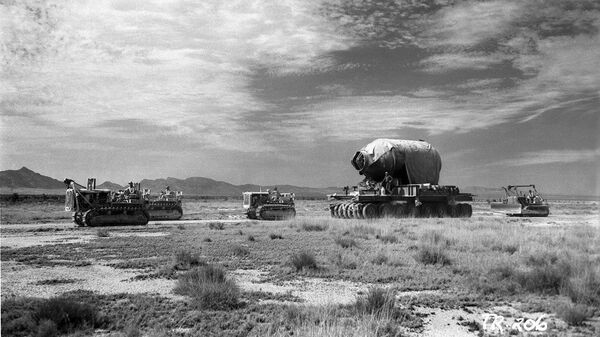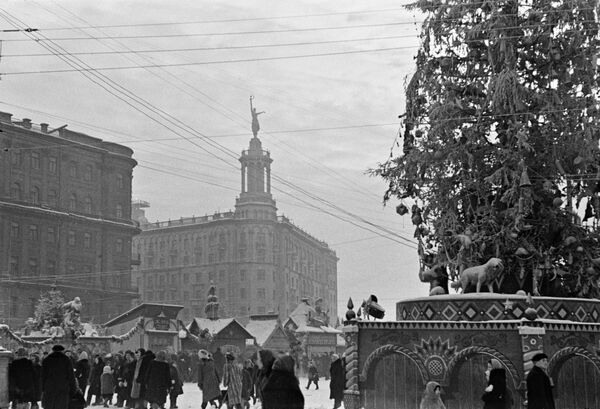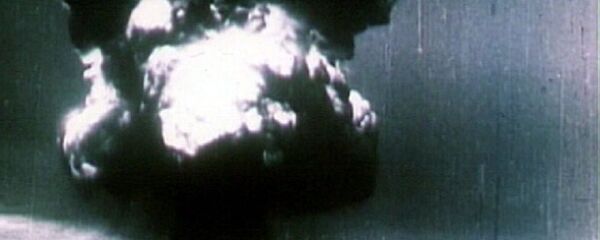In 1944, an American scientist working at the Chicago Metallurgical Laboratory under the pseudonym Martin Kemp, Soviet codename Asclepius, (as in the Greek god of medicine), began providing his Soviet handlers with thousands of pages of information on the top-secret US project to build a nuclear bomb.
Together with other information obtained by Soviet agents including Morris Cohen, Klaus Fuchs, the Rosenbergs, and others, the information provided by Asclepius proved crucial in helping Moscow break the US monopoly on nuclear weapons, and create the global strategic balance which has helped prevent the outbreak of a new major global conflagration for over seventy years now.
The agent who accepted the information was Arthur Adams, aka Artur Aleksandrovich Adams, codename Achilles, a Swedish-born Soviet Armed Forces Colonel, revolutionary and spy who risked life and limb to get the Manhattan Project documents back to the USSR.
Humble Beginnings
Born to a Swedish father and a Russian Jewish mother in the Swedish city of Eskilstuna in 1885, Adams’ life story mirrored the revolutionary turmoil which engulfed his mother’s home country in the early 1900s. After his father died in 1891, Adams’ family moved to Russia. In 1895, the boy’s mother died, with Adams taken in by his father’s friend, an engineer from the suburbs of St. Petersburg. In 1899, Adams enrolled at a special school in Kronstadt to study as a marine mechanic, and it was there that he first attended political circles organized by the Bolshevik faction of the Russian Social-Democratic Labour Party, the revolutionary party which would go on take power from the provisional liberal Russian government in November 1917.
After graduating in 1903, Adams moved to Kherson and, getting a job as a railway mechanic, continued to participate in revolutionary activities. In 1904, while distributing anti-war leaflets near a barracks during the Russo-Japanese War, he was viciously beaten and suffered a spinal injury which would plague him for the rest of his life. Arrested by police, the 19-year-old was sentenced to six years in prison, but soon released under a general amnesty. The young revolutionary continued to play a cat and mouse game with authorities over the next several years, and eventually forced to leave Russia, traveling to his native Sweden, where he was hired by a major electrical company with contracts abroad.
For the next several years, Adams travelled the globe, helping to build electrical power stations in Italy, Egypt and Argentina. In his spare time, he continued to engage in politics. In 1907, he was expelled from Sweden for taking part in a strike, and in 1908, decided to settle in North America. Briefly working at a shipyard in Massachusetts, and then an electrical machine works in New York, in 1913 he moved to Toronto, where he eventually received citizenship and a diploma as a design engineer.
Returning to the US, Adams worked at several more industrial enterprises, and in 1916, joined the US Army, where he advanced to the rank of major before being discharged in 1919.
The same year, he joined Soviet Russia’s informal diplomatic mission in the United States as the chief of the technical department, and became engaged in the collection of information about industrial technology. Although frowned upon by US authorities, Adams’ activities weren’t illegal, as the materials it received were provided by the Society for Technical Aid to Soviet Russia, a volunteer group of American skilled workers and technicians who sought to aid the fledgling Soviet state.
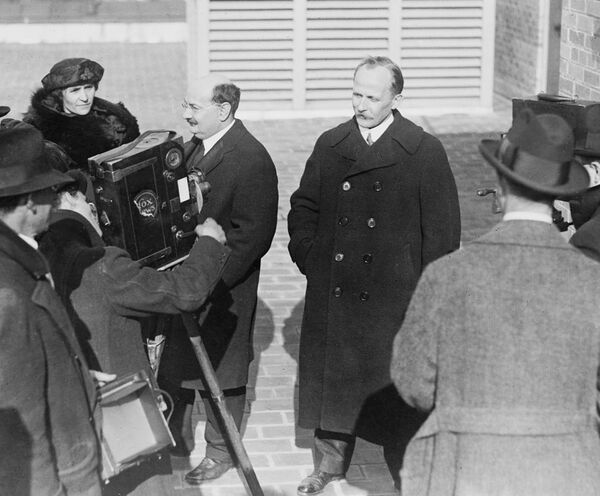
Adams and his American wife Dorothy moved to Moscow in 1921, with Arthur becoming the director of the Moscow Automotive Society (the famous truck factory which would become a Soviet giant during the industrialization years), with his wife hired as a translator for the New York Times’ Moscow office.
Disliked by workers due to his penchant for iron discipline, Adams resigned from his post in 1923, and over the next 12 years, worked in industry and government institutions preparing the country for industrialization. This work saw him making multiple business trips to the United States and Germany, to glean experience and place orders for the purchase of plant equipment and US aircraft.
Unexpected Offer
Adams was tapped for intelligence work in 1935 by the Red Army’s military intelligence bureau after a chance meeting with Yan Berzin, the agency’s chief. Officials cited his technical experience and excellent command of English and French. The 50-year-old’s career as a spy was nearly cut short after a medical checkup uncovered that the injury to his spine which he received as a teen required him to receive constant medical supervision.
He took a chance anyway, and in 1935, was sent to the United States under the cover of a radio engineer from Canada. Once there, he took advantage of the old friendships he had once made in the country, and opened up ‘Technical Laboratories’, a small radio equipment supply company. His connections and ingenuity soon won him his first victory – documents about radio equipment used by the US Army.
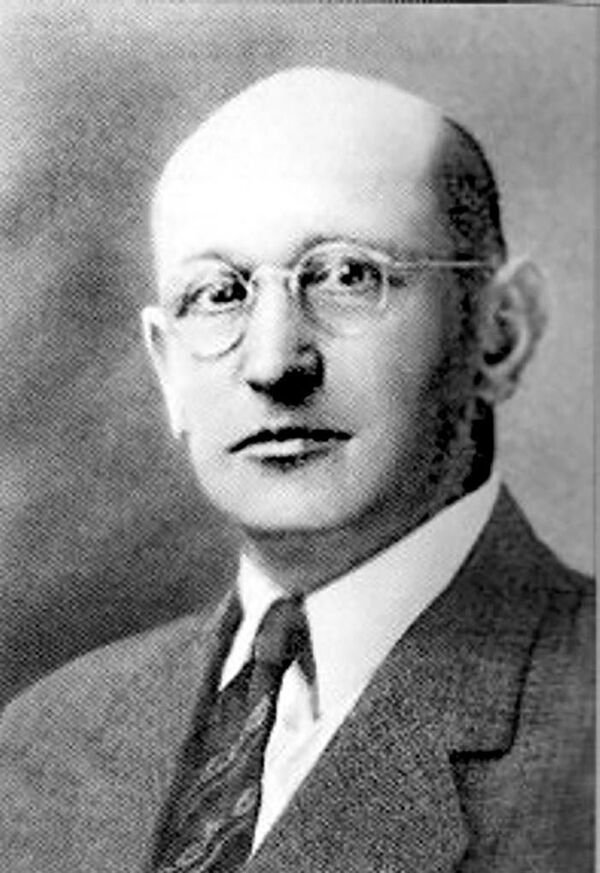
Adams luck nearly ran out in 1938, when during Stalin’s purges, the spy was recalled home and accused of being connected to a Canadian Trotskyist, embezzlement and connections to foreigners suspected of espionage. Adams was dismissed, but spared. A year later, he was reinstated and returned to America. There, he began painstakingly recruiting over a dozen agents, including engineers, scientists, lab heads, lawyers, businessmen and doctors.
Clarence Hiskey, who worked at the University of Chicago’s Metallurgical Laboratory in its work on the Manhattan Project, became of Adams’ main agents, informing him about various new chemical warfare agents being developed by US scientists, as well as equipment to protect against them.
Meeting the Nameless Agent
In January 1944, Adams made the most significant acquaintance of his spy career with a contact known only under his pseudonym ‘Martin Kemp’ (his real name remains classified to this day). A month after being recruited, Kemp loaned Adams about 1,000 pages of information on the Manhattan Project, including top secret materials from the Clinton Engineer Works, and samples of uranium and beryllium, with the spy photographing the materials and returning them the next day.
In a report to his superiors, Adams boasted: “My source is a highly qualified specialist. He would be more useful if he could meet with our physicists and chemist. We must immediately use him and send people who know the language and subject matter. This is an immense job, and this is just the beginning.”
Although Soviet intelligence first learned of US-UK talk about an atomic bomb programme in September 1941, nearly a year before the Manhattan Project was formally established, Kemp’s information provided Moscow with clues about the magnitude of the programme, including information showing that Washington had invested about $1 billion (about $15 billion in today’s money) into the project, and hired Nobel laureates for its development. The value of Kemp’s information was confirmed by the Soviet atomic scientists led by Dr. Igor Kurchatov, who began work on the Soviet nuclear programme in 1942.
It was from Kemp that the Soviets first learned about US plans to ‘test’ their powerful new bombs on Japanese cities, with Moscow quickly realizing that the same fate could eventually befall its own cities.
Adams sought to compensate Kemp financially for the priceless information he provided, but the agent reportedly flatly refused the offer. “I am not acting in Russia’s interests against my country. I am defending the future, which could be destroyed by the atomic bomb if it were to remain in the hands of a single nation,” the source reportedly said.
The meetings between Adams and Kemp continued until August 1944, and in that time the scientist provided the Soviet spy with roughly 5,000 pages of technical documentation, along with samples of heavy water and metals. Kemp, Adams learned, had fallen ill from leukemia brought on by the negligent handling of radioactive materials.
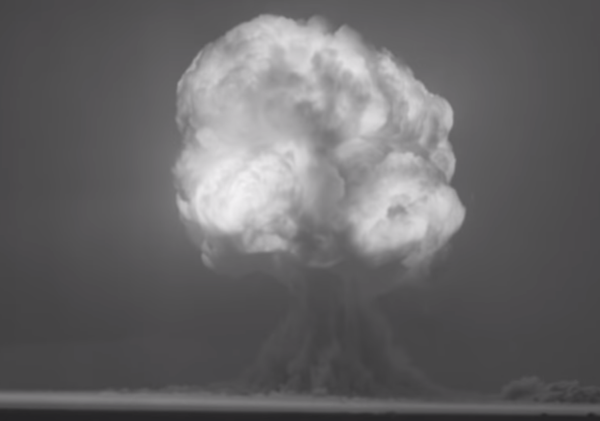
Evading the FBI
In the autumn of 1944, Adams realized that he was being tracked by the FBI. US military intelligence began to suspect him in 1943 after a tipoff, but proved unable to catch him read-handed. The US special services caught a break after discovering Hiskey, who was less careful, and observing him meeting with Adams and handing over documents to the spy at his place of residence. Not seeking to spark a diplomatic scandal with their wartime Soviet allies, US authorities decided to draft Hiskey into the military, sending him to Hawaii and replacing him with a double agent to try to entrap Adams. The spy saw through the ruse, and refused to work with the replacement.
Later, after intelligence collected its information, the US State Department shot down attempts to initiate a criminal case against Adams, again citing the need to avoid a scandal, or risking revealing the existence of the nuclear programme. Instead, Adams was assigned a four-agent escort, tasked with keeping an eye on him and preventing him from leaving the country.
In early 1945, realizing the walls were closing in, Adams began taking his friend’s spaniel for a walk in the evenings. During one such walk, the spy disappeared, with the dog returning home without its minder. The FBI sent out a fugitive alert, describing their suspect as a ‘neatly-dressed’ elderly gentleman with false teeth, high-soled boots and slightly protruding ears.
The spy attempted to escape the US via Portland, but was prevented from doing so, spending months hiding out at safe houses in cities across the country, and eventually traveling back to the USSR by sea. The 61-year-old spy made it to Moscow in December 1946. His career as a spy aboard, which saw him recruiting 16 agents and 367 valuable documents, was over.
For his meritorious service, he was awarded the rank of engineer colonel, and the medal ‘For Victory Over Germany’. He and his wife Dorothy received Soviet citizenship.
For his remaining working years, Adams spent his time as a political commentator for the Telegraph Agency of the Soviet Union (TASS), and adopted the child of a deceased British friend and took part in his upbringing.
The former spy passed away on January 14, 1969 at the age of 83, and buried at Moscow’s Novodevichy Cemetery. In 1999, he was posthumously awarded the title Hero of Russia.
How Much Did Stalin Know?
In his memoirs, President Harry Truman recalled mentioning the Manhattan Project to Stalin at the Potsdam Conference on postwar peace, writing: “On July 24 [1945] I casually mentioned to Stalin that we had a new weapon of unusual destructive force. The Russian Premier showed no special interest. All he said was he was glad to hear it and hoped we would make ‘good use of it against the Japanese.’”
Churchill, who was present nearby, recalled in his own memoirs that he asked Truman how Stalin took the news. “He never asked a question,” Truman reportedly replied. “I was certain therefore that at that date Stalin had no special knowledge of the vast process of research upon which the United States and Britain had been engaged in for so long,” Churchill noted.
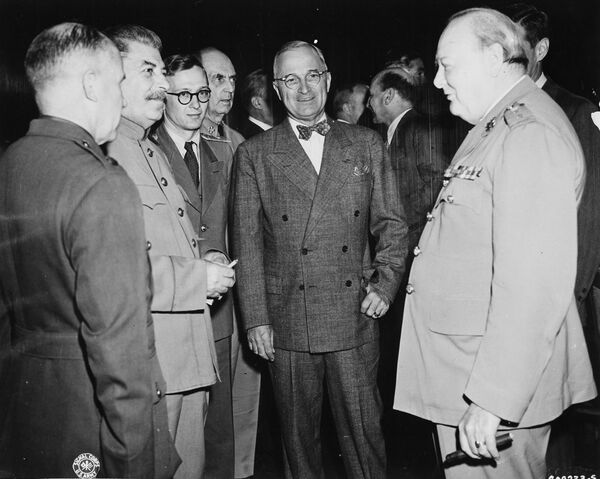
In his memoirs, Soviet Marshal Georgy Zhukov recalled that while Stalin “did not betray his feelings and pretended that he saw nothing special in what Truman had imparted to him…<>…in actual fact, on returning to his quarters after this meeting, Stalin, in my presence, told [Soviet Foreign Minister Vyacheslav] Molotov about his conversation with Truman. The latter reacted almost immediately: ‘Let them. We’ll have to talk it over with Kurchatov and get him to speed things up.’”
The USSR formally became a nuclear power in 1949 after successfully testing its first atomic bomb, the RDS-1, on August 29, 1949, thus ending the US's nuclear monopoly.
